Easter Egg Rockets
Did you know that you can launch Easter egg rockets up into the air with just a couple of common household materials?! The kids will not only love this egg-citing science activity, they will also learn about the cool chemical reaction that makes it happen.
Follow the surprisingly simple step-by-step below and then hop over to join our 5 Day STEM Challenge for more inspiring learning.
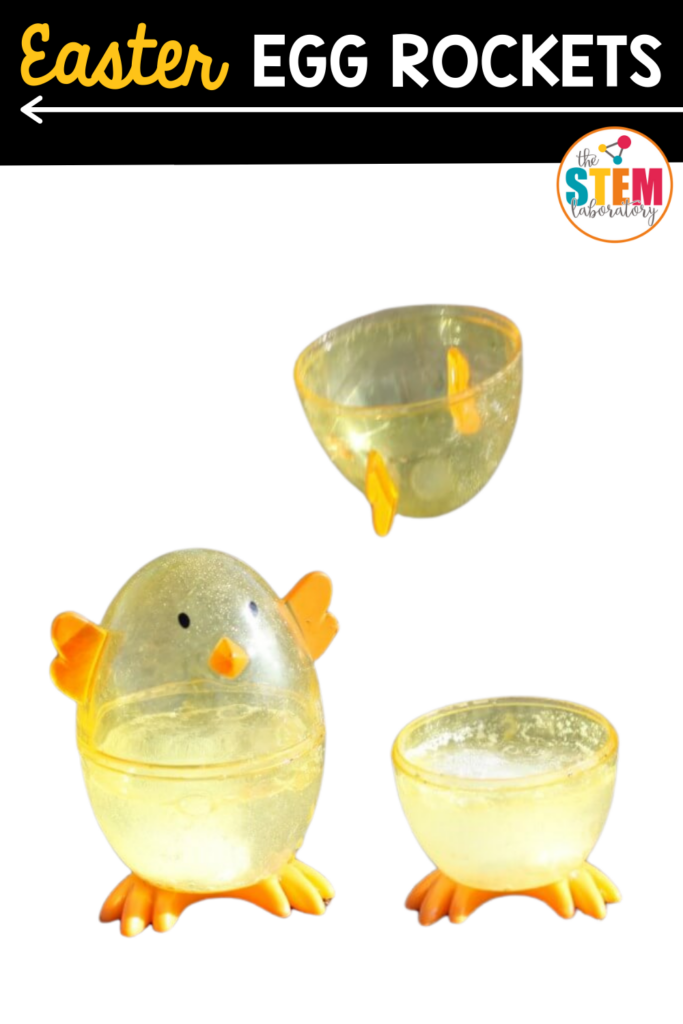
Getting Ready
To make Easter egg rockets, I first gathered our materials:
- Plastic Easter eggs that break in half and stand upright (I found these cute bunny and chick eggs at The Dollar Tree)
- Alka-Seltzer tablets
- Water
This activity can be a bit of a mess, so we headed outside to find an open, level surface. We were ready to go!
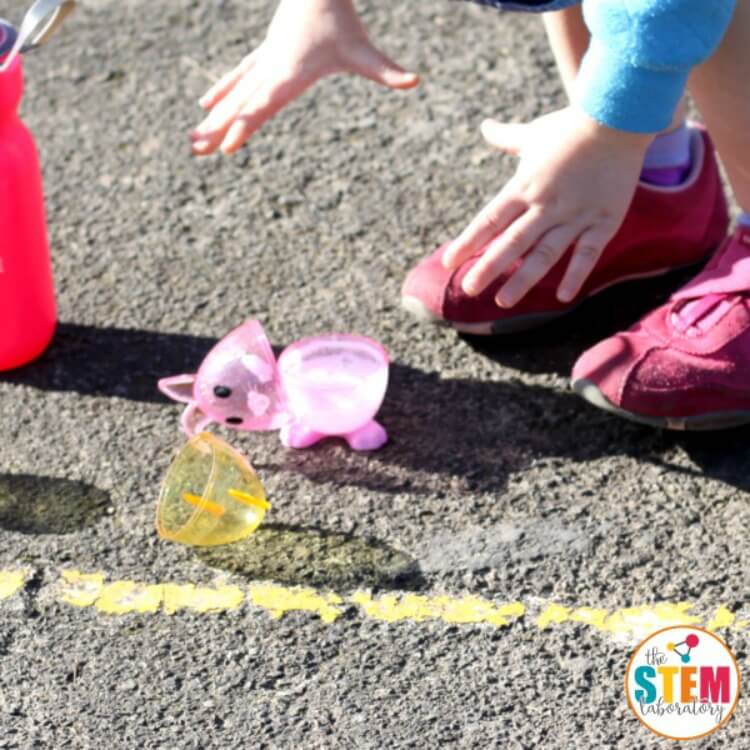
A note about safety: If you have safety goggles, I strongly suggest having the kids wear them. Since I wasn’t sure how high or how fast the rockets would launch at first, my kids ran for their lives and hid behind a garbage can.
Once we all realized that the Easter egg top only flew about 6 inches into the air they just kept their faces back. You may want to try this out a couple of times before inviting the kids to watch just so you are familiar with how it works.
Launch Easter Egg Rockets
Once you are all ready to go, set the bottom of the Easter egg on the ground and fill it with water. Drop in 1-2 Alka-Seltzer tablets and quickly fasten the top half of the Easter egg on top. Step back and watch what happens!
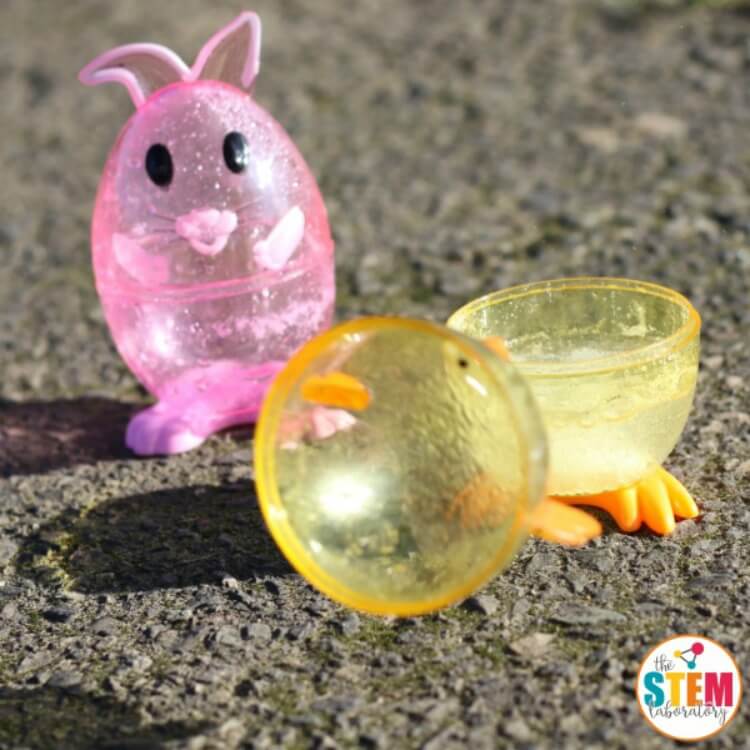
You should see lots of fizzing and bubbles forming inside your Easter egg rocket. What is happening in there? And what makes the top fly off?
The magic ingredient is the Alka-Seltzer tablets. Alka-Seltzer is made of citric acid and sodium bicarbonate (baking soda), which is a base. When the tablets are dry, the acid and base powders don’t mix, but as soon as they are immersed in water they mix and react to form carbon dioxide. This is what causes the explosion.
It is actually the same chemical reaction that happens when you mix baking soda and vinegar together. An acid plus a base mix to form carbon dioxide gas, which are the bubbles you see. That carbon dioxide gas makes the pressure inside the Easter egg grow until the top finally pops off!
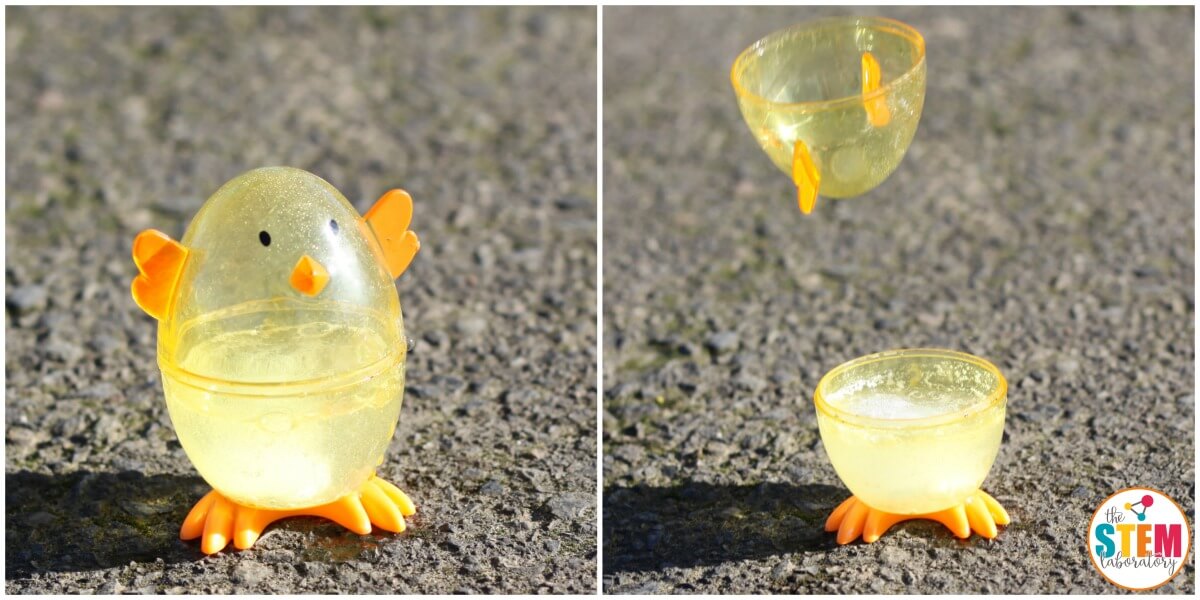
More Egg-citing STEM
Continue the hands-on and engaging learning by taking our 5 Day STEM Challenge! (Your kids will thank you.)


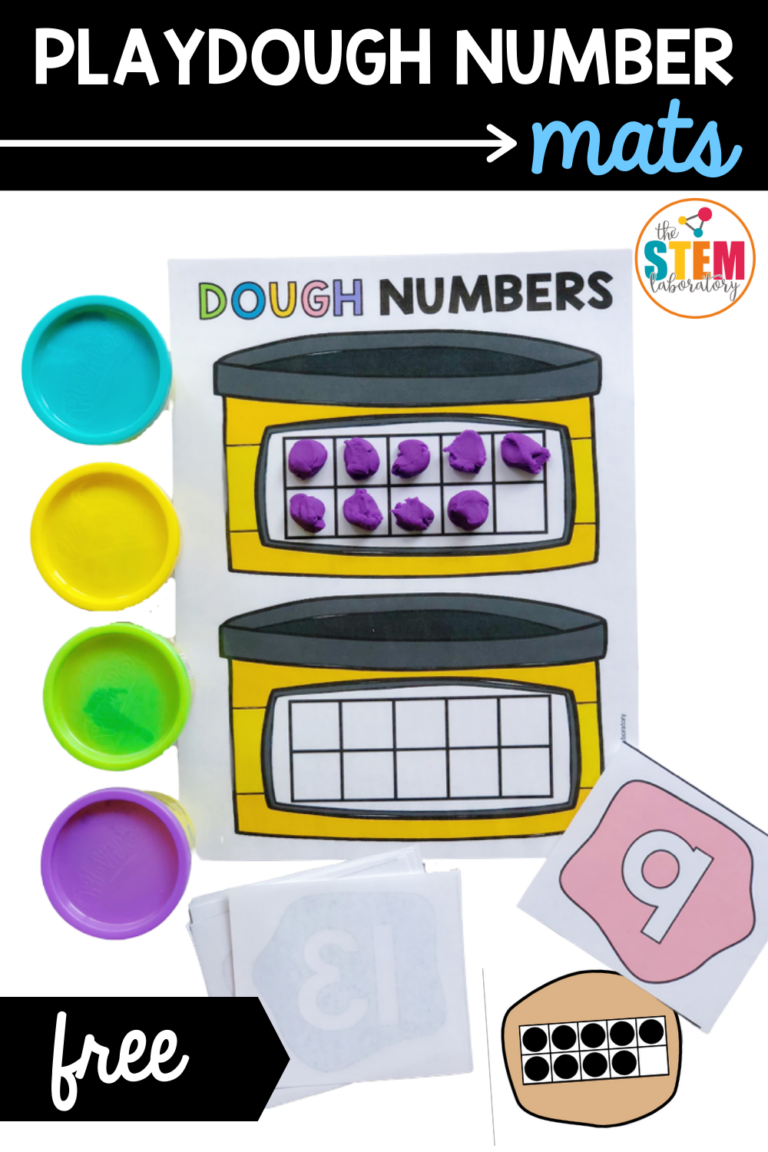
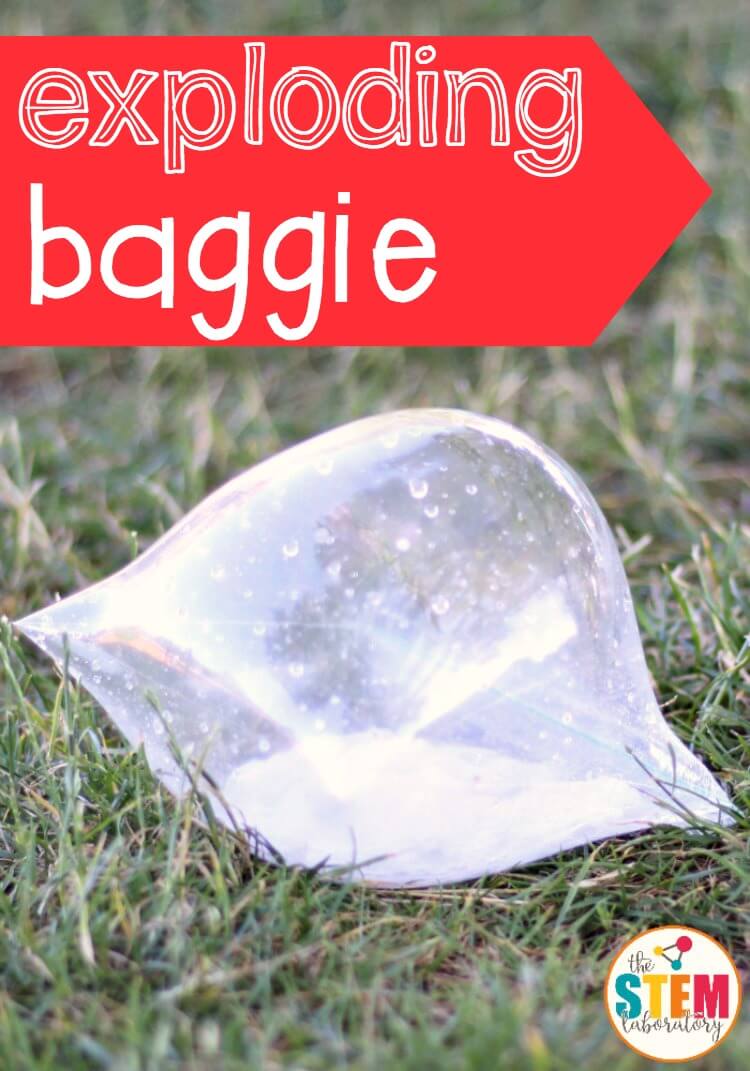
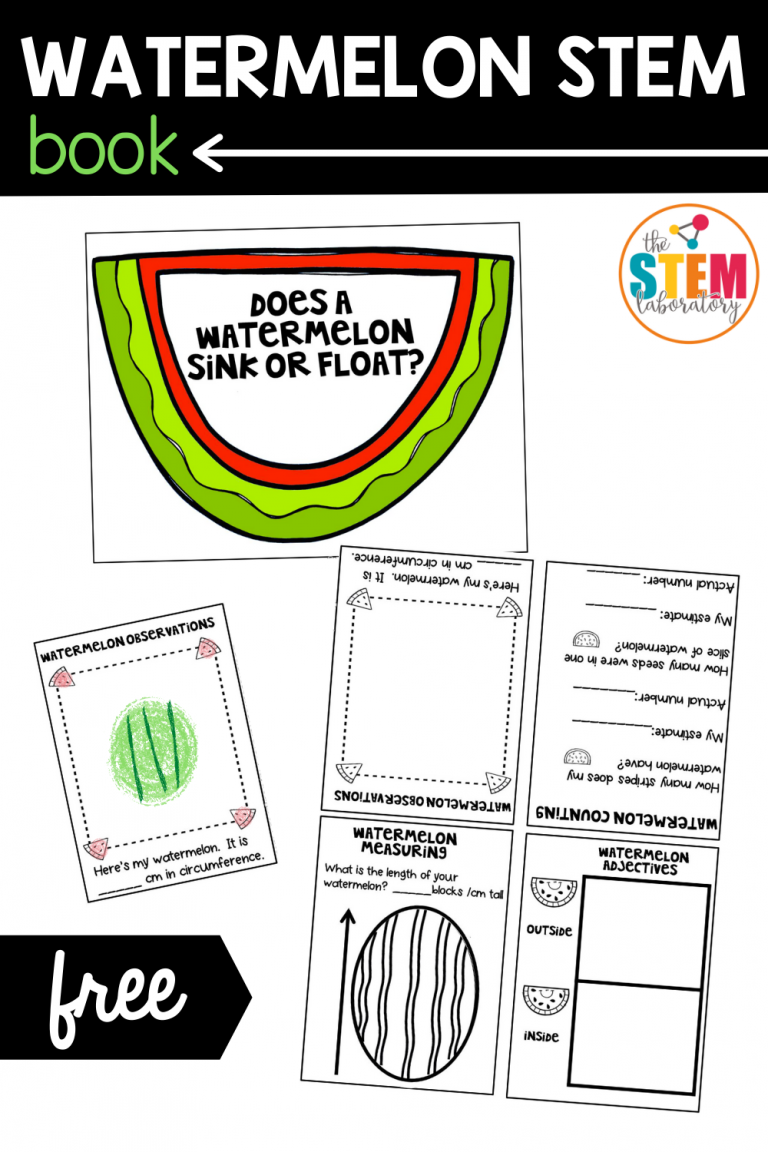
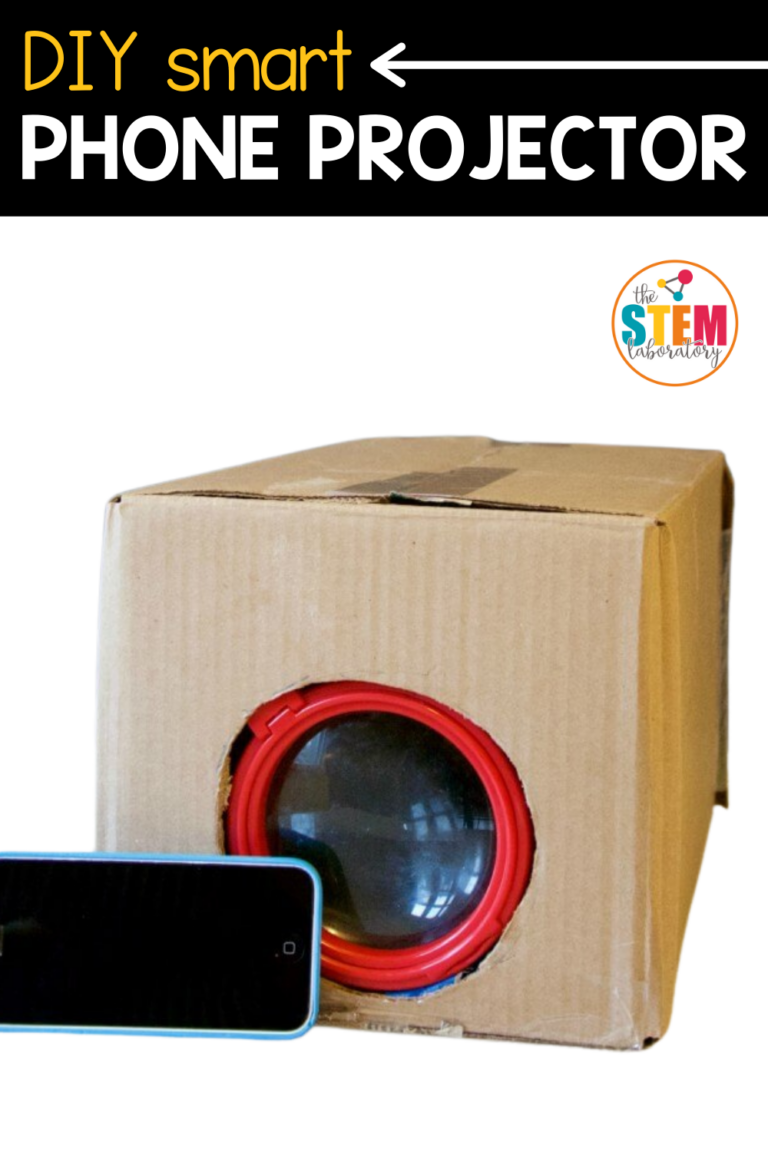

4 Comments